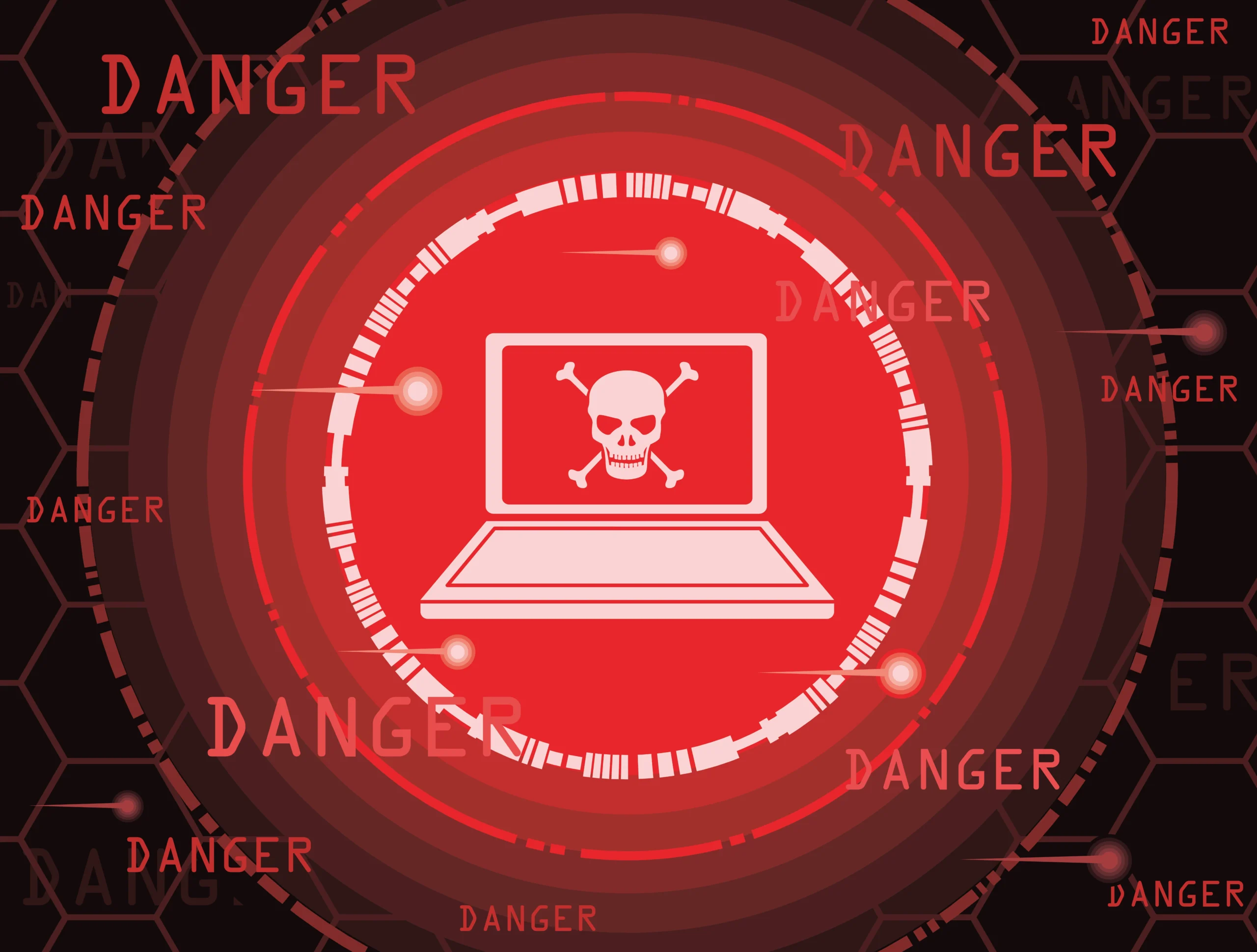
The history of digital media is a fascinating journey that mirrors the evolution of human communication. From early forms of telecommunication to the interconnected, instant messaging systems of today, technology has continuously reshaped the way people share information, tell stories, and connect with one another. This transformation has not only influenced personal relationships but has also revolutionized business, journalism, education, and entertainment.
In this article, we explore the Digital Media History, examining key milestones, technological advancements, and the profound ways in which digital media has changed communication over the decades.

The Early Roots of Digital Communication
The story of digital media begins long before the internet. While today we associate digital media with social platforms and streaming services, its foundation lies in early telecommunication and computing technologies.
Telegraph and Telephone
- Telegraph (1830s–1840s): The invention of the telegraph by Samuel Morse marked one of the earliest instances of digital-style communication. Messages could now travel long distances in minutes rather than days, using Morse code—a binary system of dots and dashes, resembling a primitive form of digital signaling.
- Telephone (1876): Alexander Graham Bell’s telephone transformed real-time communication. People could speak with one another across distances, bridging communities and laying the groundwork for global networks.
These innovations represent humanity’s first attempts at instant communication, setting the stage for the digital revolution centuries later.
Early Computing and Binary Systems
- Computers and Binary Language: The development of electronic computers in the mid-20th century introduced the binary code system, which became the core language of digital media. Early computers like ENIAC (1945) were enormous machines designed for computation, but they also paved the way for digital content storage and transmission.
- Networking Experiments: In the 1960s, projects like ARPANET allowed academic and government institutions to exchange data digitally, creating the first networked communication system.
At this stage, digital communication was experimental and largely inaccessible to the general public, but it laid the foundation for the future.
The 1970s and 1980s: Personal Computers and Early Digital Media
The 1970s and 1980s marked the emergence of personal computing, making digital technology more approachable for individuals.
Personal Computers
- Apple II (1977) and IBM PC (1981): These computers brought digital technology into homes and offices, enabling early forms of media such as word processing, basic graphics, and games.
- Digital Creativity: Users began experimenting with digital art, music composition software, and programming, highlighting the creative potential of technology.
Video Games and Digital Entertainment
- Arcade Games: Games like Pong and Space Invaders demonstrated how digital media could entertain audiences interactively.
- Home Gaming Consoles: The Atari 2600 popularized gaming as a mainstream digital experience, blending graphics, sound, and storytelling.
Communication Technology
- Fax Machines and Early Modems: Businesses could send documents electronically, though access was still limited.
- Bulletin Board Systems (BBS): Hobbyists used BBS to exchange messages, files, and news—a precursor to online forums.
During this era, digital media became more than computational tools; it started influencing culture, creativity, and communication habits.
The 1990s: The Internet and the Birth of Online Communication
The 1990s revolutionized digital media with the rise of the internet. Suddenly, digital communication was no longer confined to specialized users—it became global and public.
The World Wide Web
- Web Browsers: Netscape Navigator (1994) and early versions of Internet Explorer allowed people to explore websites, access information, and communicate online.
- Hyperlinks and Multimedia: Web pages began integrating text, images, and audio, offering richer communication formats than traditional media.
Email and Instant Messaging
- Email: Services like Hotmail (1996) made digital communication faster, cheaper, and more accessible than traditional mail.
- Instant Messaging: AOL Instant Messenger (1997) introduced real-time chat, encouraging informal, interactive communication.
Online Communities and Forums
- Usenet and Yahoo! Groups: These platforms allowed people to join discussions on specific topics, creating early digital communities.
- GeoCities and Personal Websites: Individuals could now express themselves online, sharing photos, thoughts, and creative content—a precursor to social media.
The 1990s marked a shift from passive media consumption to interactive, user-driven communication, reshaping social and cultural dynamics.
The 2000s: Social Media and User-Generated Content
The early 2000s were defined by social networking and the rise of user-generated content, which transformed how people communicated, shared information, and engaged with media.
Social Networking Platforms
- Friendster (2002), MySpace (2003), and Facebook (2004): These platforms enabled people to create digital identities, connect with friends, and share multimedia content.
- LinkedIn (2003): Focused on professional networking, it illustrated how digital media could support work-related communication.
Video Sharing and Blogging
- YouTube (2005): Ordinary individuals could upload videos for global audiences, democratizing content creation.
- Blogger and WordPress: Blogging platforms allowed anyone to publish articles, ideas, and commentary online.
Communication Evolution
- Social media shifted communication from one-way broadcasts to interactive engagement. Comments, likes, and shares created a feedback loop, transforming the digital landscape into a participatory space.
The 2010s: Mobile Communication and Instant Connectivity
The 2010s introduced mobile-first communication, making digital media an integral part of daily life. Smartphones and apps reshaped the speed, accessibility, and form of communication.
Mobile Technology
- Smartphones: Devices like the iPhone (2007) and Android phones enabled instant communication, social media access, and multimedia consumption.
- Messaging Apps: WhatsApp, WeChat, and Telegram facilitated real-time, global messaging with rich media support (images, videos, voice notes).
Social Media Expansion
- Instagram, Snapchat, and TikTok: Platforms focused on visual storytelling and short-form content, appealing to younger audiences.
- Algorithmic Feeds: Personalized content delivery influenced communication, attention, and social interaction.
Cultural and Societal Impact
- Social media enabled viral communication, online activism, and digital communities.
- News dissemination became faster, often bypassing traditional media channels.
- The blending of entertainment and social networking created new communication norms, where sharing and engagement are central.
Modern Digital Media: AI, Immersive Experiences, and Global Connectivity
In the 2020s, digital communication is highly immersive, AI-driven, and globally interconnected. The lines between creation and consumption continue to blur.
AI and Personalization
- Algorithms recommend content based on individual preferences, influencing conversations, news, and trends.
- AI-driven chatbots and virtual assistants facilitate communication with businesses and services.
Immersive Media
- Virtual Reality (VR) and Augmented Reality (AR): Users can communicate and interact in immersive digital environments.
- Metaverse Concepts: Virtual worlds create spaces for socializing, working, and collaborating digitally.
Global Communication Trends
- Short-form and Interactive Media: TikTok-style videos, live streaming, and interactive content dominate attention.
- Remote Work Tools: Platforms like Zoom, Slack, and Microsoft Teams integrate text, video, and collaborative communication.
- Social Media Activism: Digital platforms continue to amplify voices and influence societal change.
How Technology Has Changed Communication
The evolution of digital media has reshaped communication in several key ways:
1. Speed and Accessibility
Information travels instantly across the globe, eliminating delays associated with traditional media.
2. Interactivity and Engagement
Users no longer passively consume content; they comment, share, and create media themselves.
3. Visual and Multimedia Communication
Digital media integrates text, images, video, and audio, offering richer and more expressive communication methods.
4. Globalization of Communication
People from different countries and cultures can interact seamlessly, bridging geographic and cultural divides.
5. Influence on Society and Culture
Digital media shapes trends, influences opinions, and fosters online communities, changing the way society communicates and collaborates.
Challenges of Modern Digital Communication
While digital media offers unprecedented benefits, it also presents challenges:
- Information Overload: Constant streams of content can overwhelm users.
- Misinformation: False news and manipulated media can spread rapidly.
- Privacy Concerns: Personal data is heavily tracked and used for targeted communication.
- Mental Health Effects: Overuse of digital platforms can lead to anxiety, depression, and social comparison.
- Digital Divide: Not everyone has equal access to technology, creating disparities in communication opportunities.
Addressing these issues requires media literacy, ethical technology use, and balanced communication practices.
The Future of Digital Media and Communication
The future of digital media promises even more advanced, immersive, and intelligent communication methods.
- AI-Generated Content: Media created or curated by AI will enhance personalization and streamline communication.
- Metaverse and Virtual Collaboration: Fully immersive digital spaces will enable work, socializing, and learning in shared virtual environments.
- Haptic Feedback and Multisensory Media: Future communication may include touch, smell, or other sensory experiences.
- Sustainable Media Practices: Eco-conscious technologies will reduce energy consumption and environmental impact.
- Continued Democratization: More people will have the tools to create, share, and communicate globally.
Conclusion
The history of digital media illustrates the profound ways technology has transformed communication. From telegraphs and early computers to social media, smartphones, and immersive virtual platforms, each innovation has expanded our ability to connect, share, and interact.
Digital media has made communication faster, more interactive, and globally connected, but it also presents challenges such as misinformation, privacy concerns, and mental health implications. By understanding this evolution, we can harness technology responsibly, embrace the opportunities it offers, and maintain meaningful, balanced communication in our lives.
As digital media continues to evolve, one truth remains: communication is at the heart of human experience, and technology—when used wisely—enhances our capacity to connect, learn, and thrive.






